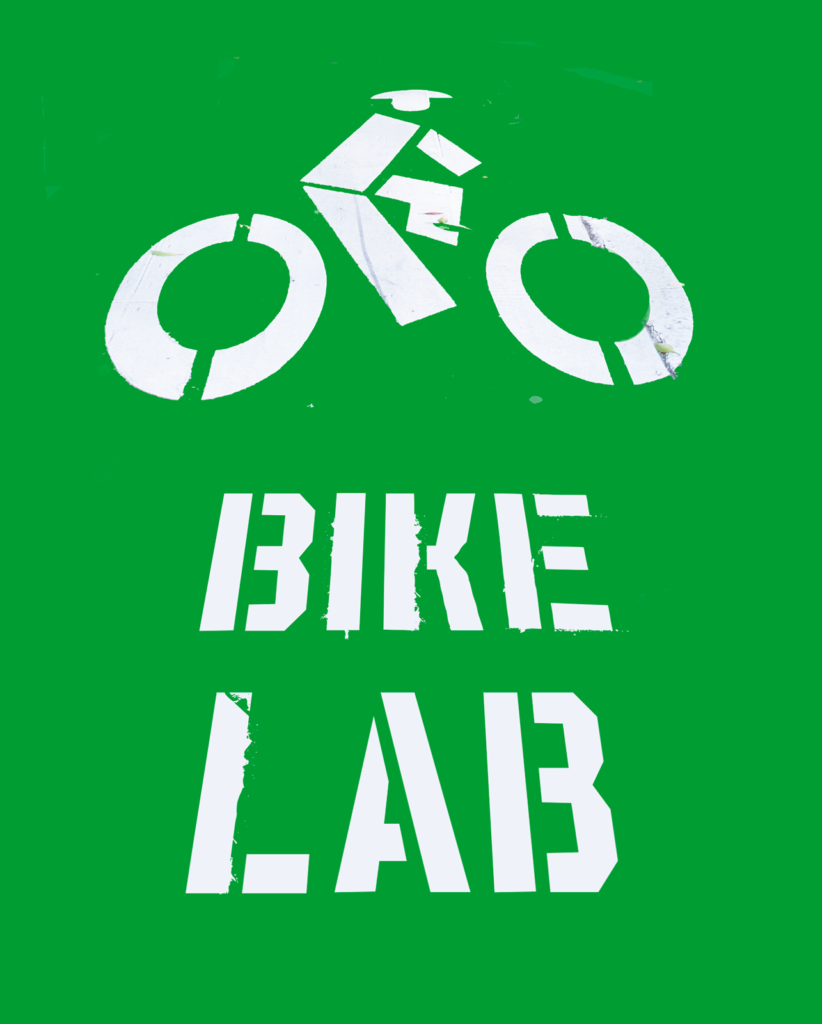Part of my European trip involved a ferry to the island of Ischia, in southern Italy near Naples. Like most southern European places, Ischia was built with an entirely different set of design principles than American cities, and it shows from the moment you step off the ferry. Here’s the scene on Ischia’s main street by the ferry terminal, which is a narrow street handling heavy two-way car, bus and truck traffic.

Here you see a bus trying to deal with a curve in the narrow road. It doesn’t have enough room to make the turn without other users clearing space for it, so two taxis have pulled over onto the sidewalk to give it space. Several Vespa riders are zipping through the gap between them. Molto Italiano.
This facility serves more or less the same purpose as San Francisco’s Embarcadero, and I was struck by the massive difference in design between the two places. I paced the street to give an estimate of the scale; I haven’t paced the Embarcadero but the below is more or less the two profiles:


[Critical theory note: Streetmix doesn’t even have an option for a two-way shared traffic lane, which points out an inherent assumption about the hierarchies implicitly embedded in these kinds of street profiles. They assume that uses will always be separated. That’s not how streets are built in southern Europe, and even less so in the global South.]
The main street in Ischia is about 9 meters wide. I’m estimating that SF’s Embarcadero is about 45 meters wide. The Embarcadero handles more traffic than Ischia, but not five times more traffic. For most of the day the Embarcadero is under 600 vehicles per hour (10 per minute); at peak it gets up to about 900 (15 per minute). The street is over-wide for that level of traffic, so pedestrian crossing times are very long, which requires long light cycles, which means that throughput is low, and cars go fast once the light turns green. It’s not surprising that a pedicab driver was killed here a few months ago. It’s also not surprising that cars, bikes, and pedestrians are all unhappy with the way the road works, or that there are very few functional businesses on the south side of the road.
What would it look like to replace this freeway-scale road (which actually replaced a famously unneeded freeway) with something requiring constant negotiation between users like the street in Ischia? Would our relationships to the city be different? To each other?


